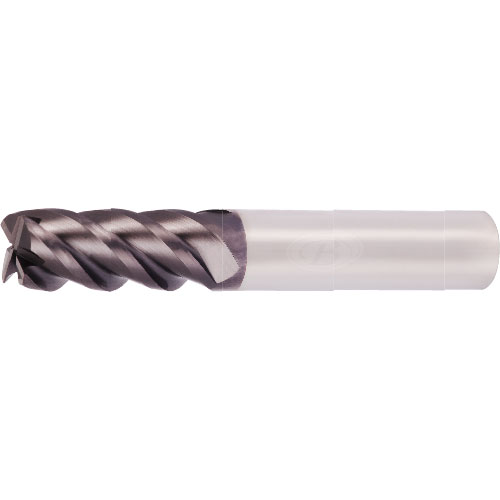Machining was always about precision and speed. However, in the highly competitive industry of manufacturing efficiency has become a must. If you manufacture parts for automotive or aerospace or high-tech products, the tools that you choose directly affect the bottom line of your business. Indexable drill, high speed drill, tungsten carbide end mills and threading inserts have made a significant difference.

Image credit: stwang-tw.com
This isn’t merely an upgrade to the previous tools. They are a better way to ensure that you are reducing downtime, lowering overall costs, and delivering better results with less effort. Let’s look at how each one helps manufacturers drill deeper to cut faster, cut better, and finish quicker.
Indexable Drills: More Holes, Less Hassle
Drilling large holes used to be costly and lengthy. Solid drills wore out quickly they needed sharpening and, in many cases, slow production lines. That’s why more machinists are switching to the indexable drill. When the tool is dull, instead of having to replace the whole tool simply change the cutting elements.
The effectiveness of indexable drills is what sets them apart. They’re engineered for long runs, high-end performance and simple maintenance. Inserts that can be replaced minimize inventory and waste while extending the life of the machines. SHANG TZANG WANG ENTERPRISE CO., LTD, offers high-end disposable core-stay drills that offer consistent results in large-diameter machining. For shops who perform repetitive hole drilling this upgrade will reduce the amount of time spent in the shop every week.
High Speed Drills: Built to Meet the Modern Needs
In a workplace where time really is money high-speed drills have been designed to speed up the process without compromising accuracy. These drills are great for materials with high resistance and short cycle times. From medical instruments that are precise to automotive parts that are high volume These drills are utilized everywhere.
Modern high-speed drills are equipped with optimized flute designs and cutting-edge coatings that prevent thermal buildup, minimize friction, and lengthen tool life. It means less tool change more break-free, and more productivity. The switch to a high-speed rotary drill is an ideal solution to any machine operator who has had the experience of an unfinished tool during the course of.
Tungsten Carbide End Mills: Reliable Performance Cut After Cut
When it comes to milling, tungsten carbide end mills are among the most productive of the shop floor. End mills’ hardness and resistance to heat make them an ideal choice for cutting through hard materials. These tools provide consistent results, whether you’re finishing small corners or roughing large areas.
The variety of tungsten carbide mills is what makes them so special. With different flute counts, angles for helixes and coatings, they are able to be customized to suit a diverse variety of applications from titanium to aluminum. For those who require high-precision and long-lasting endurance, carbide end mills are the perfect equilibrium between rough material removal and smooth surface finishes.
Threading Inserts: Tiny Tools, Big Impact
Threads’ creation may seem like an insignificant part of a procedure, but it’s actually among the most significant. A poorly-crafted thread can damage the best part. A high-quality insert is important. These tiny, replaceable tools are specifically designed to cut threads from the side or inside the nut with precision and reliability.
The threading inserts for threading are more constant than traditional taps or dies. They give similar results after a number of cycles. The tool can be indexed to the next cutting edge when one of the edges is dull. There’s no need to take it off or re-grind. This is an easy, easy, and cost-effective method of doing it. Machinists not only love threading inserts because of their speed, but also for their reliability. An appropriate insert will ensure that your threads are perfectly sized in the first attempt. There is no need to do rework or second passes.
The Bottom Line
Modern machining is highly time-sensitive. It’s impossible to waste time. Therefore, today’s most efficient factories are moving towards smarter, more adaptable tooling solutions. These cutting tools are of the most advanced design and aren’t just better at accuracy, they simplify workflows, decrease shifts, improve life span and improve usability. What’s the outcome? The results? Less time spent on troubleshooting and more time is focused on creating precision parts. In a world where greater demand and a tighter margin are commonplace tools that work more effectively give companies the competitive edge.